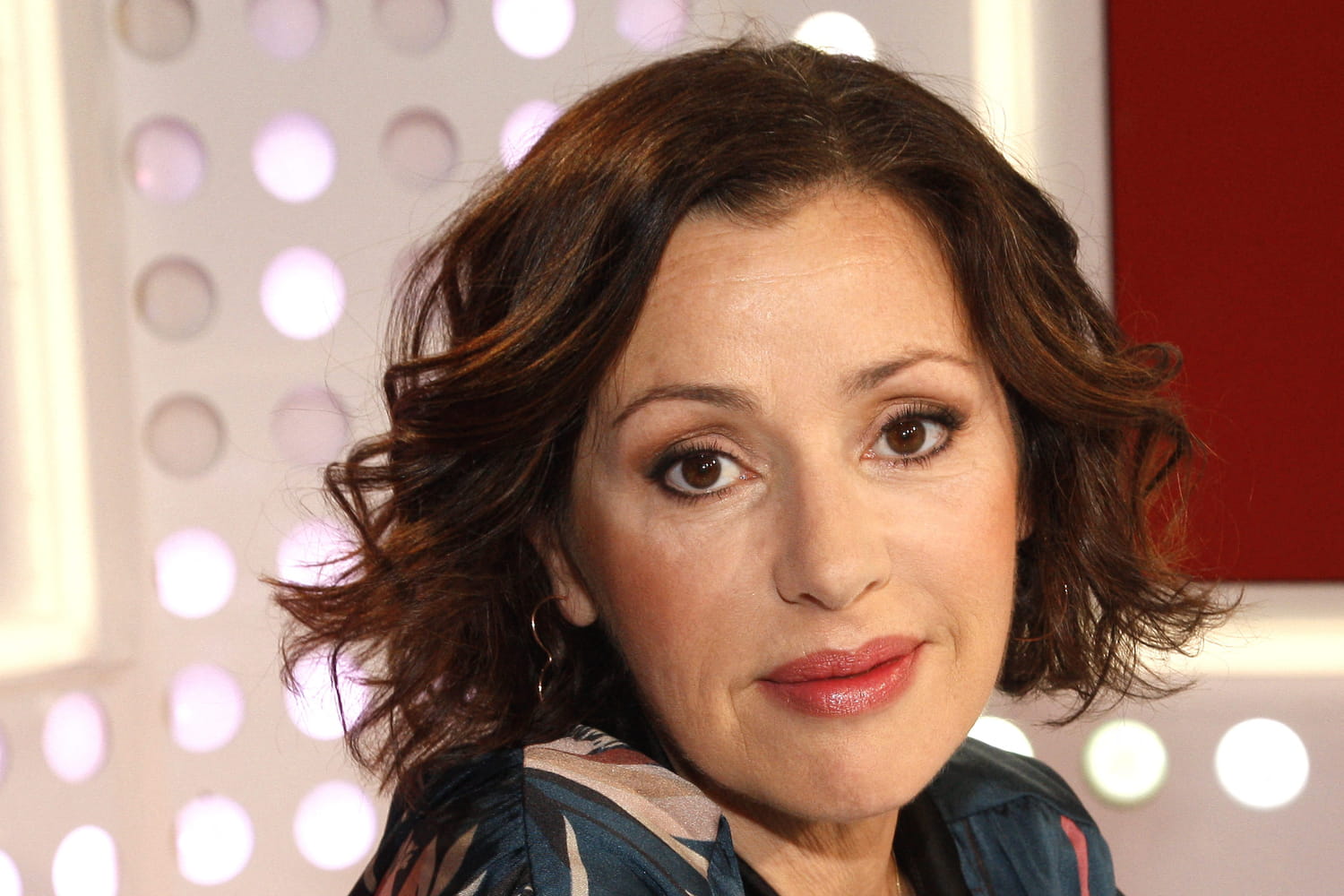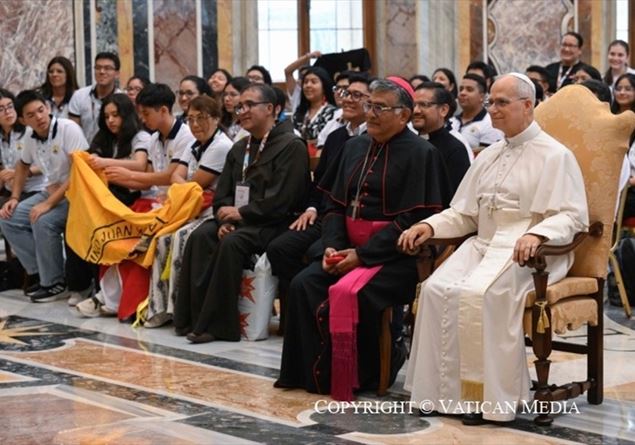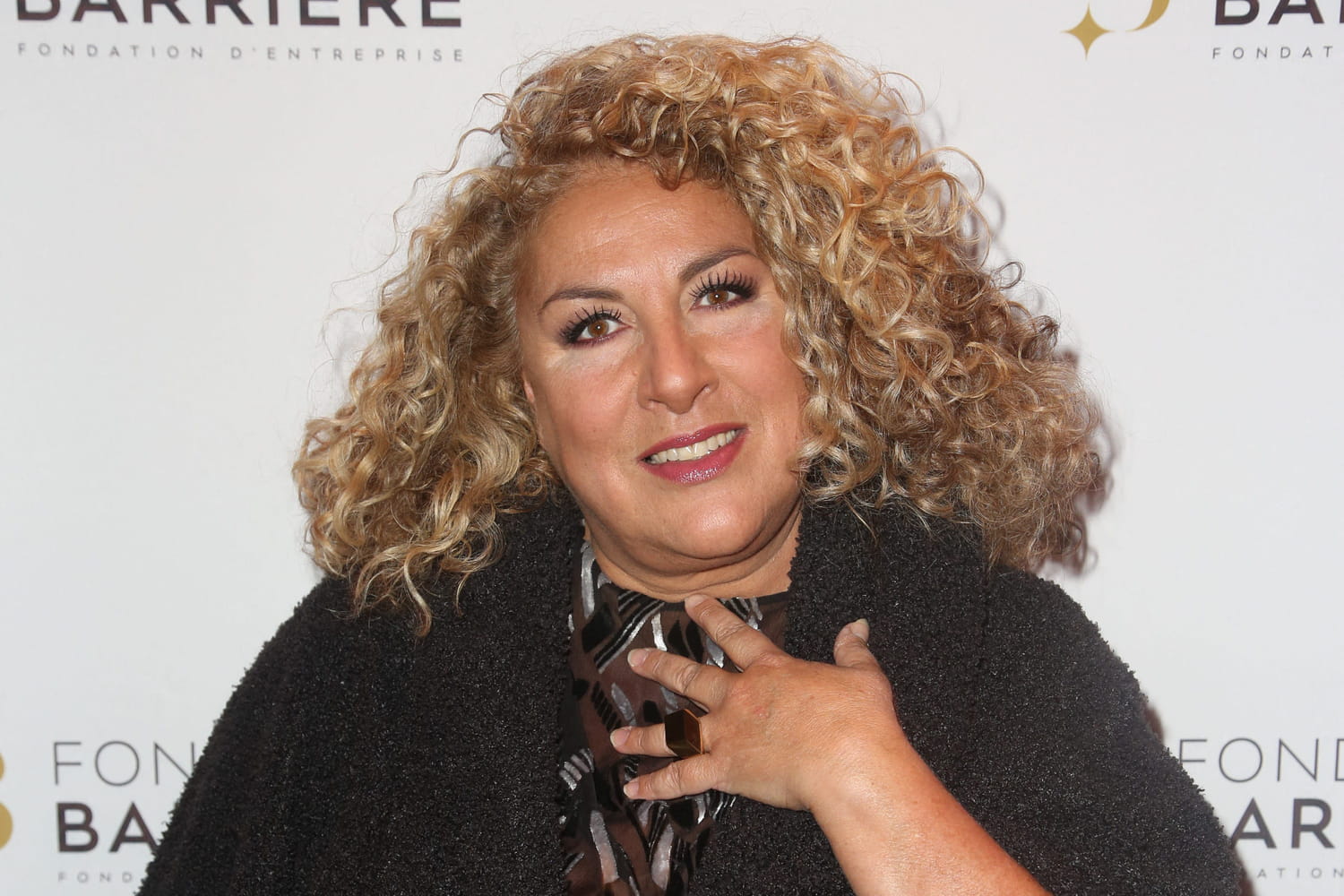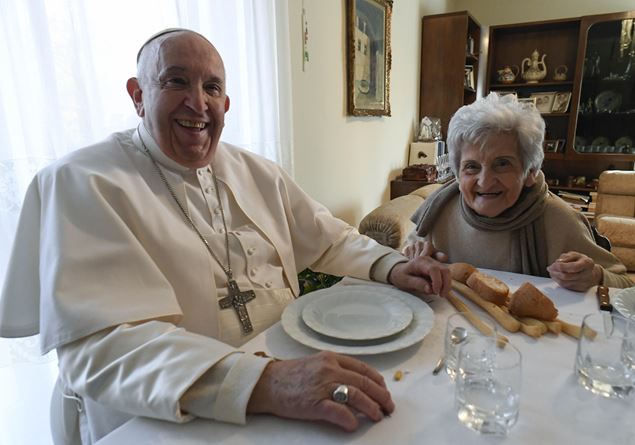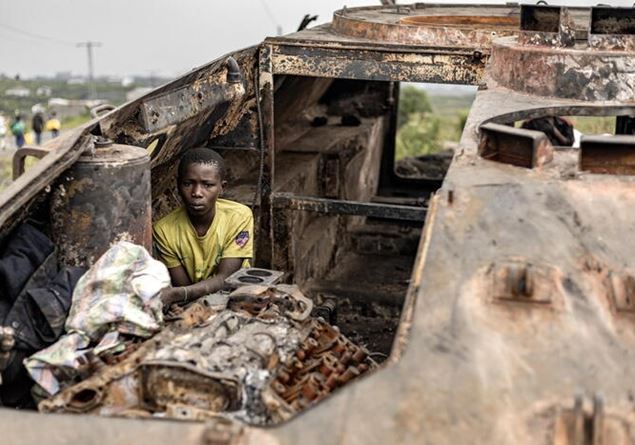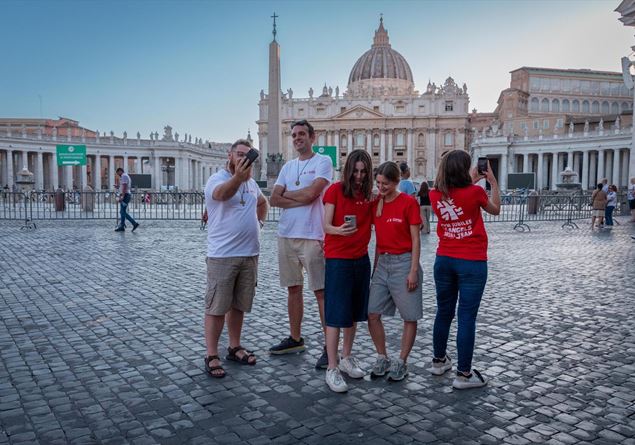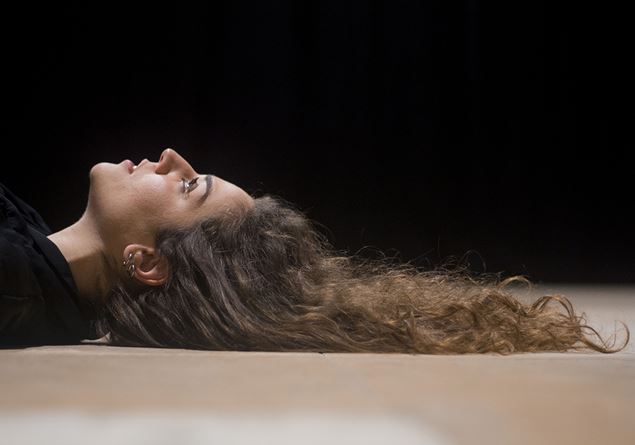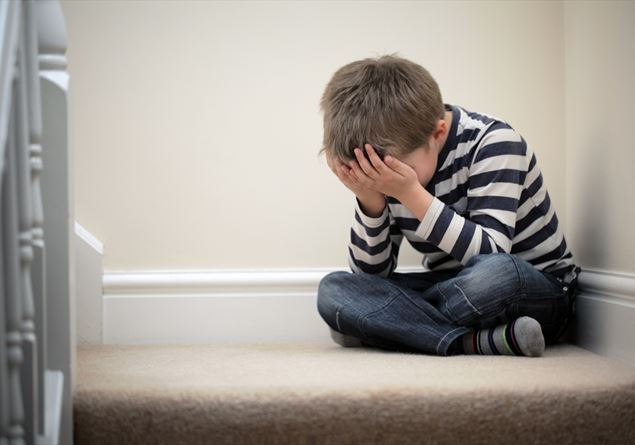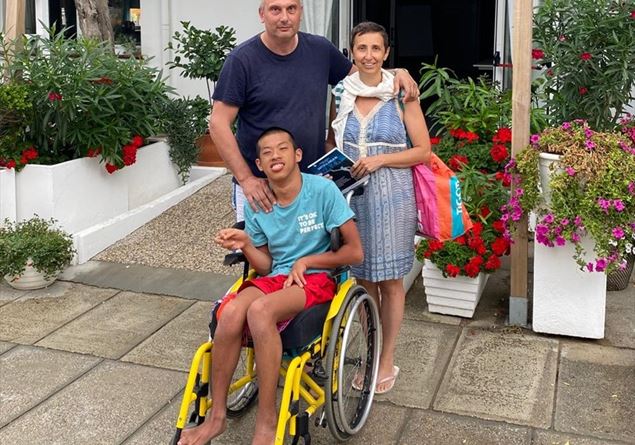When the Conclave had elected Jorge Mario Bergoglio, Nora Sallaku had procured a large image of the new-pontefice and had positioned it at the entrance of his grocery store. In 2009 he landed from Albania to PortaComaro, two thousand souls in the province of Asti. She also came “from the end of the world”, a bit like that Argentine Jesuit who had appeared for the first time from the central loggia of the Basilica of San Pietro on 13 March 2013, pronouncing his greeting to the world with a smile: “Brothers and sisters, good evening”.
“Today I have a bitterness in my mouth – explains Nora – because only the Pope of the poor did not die, but also and above all a sweet person”. They are the same character notes as the locals. When he met them for the first time, Nora decided to stay: “Here people are kind and respectful, and my three boys were born and raised in the village”. In the early years of the last century, however, these were not immigration places.
Giovanni Angelo Bergoglio had greeted Portacomaro in 1906. He had gone to Turin, where he had met his wife Rosa Vassallo, originally from Liguria. They got married in 1907 at the church of Santa Teresa, a stone’s throw from the historic center. In 1908 Mario, father of the Pontiff was born. After a return to the Asti area between 1918 and 1929, the family had taken the path of the Atlantic in search of luck. Argentine direction.
On the virgin lands of the Pampa, the Piedmontese have built farms, businesses, whole cities. They came from the countryside of Asti or Cuneo, tempered by misery and hunger that not even the work of the earth was able to tame. Even today, the descendants cook the Caoda bath and retain some dialectal cast in the speech that kneads with the Spaniard. And they keep the link with the lands of origin alive.
Bergoglio was no exception. In the village they still remember the visit he made in 1999 as Cardinal. He took a handful of earth in his hand, put it in a bag and said “I come from here”. He returned to the countryside of Astigiano in 2022 for the ninety years of his cousin Carla Rabazzana. Today, the elderly woman has to deal with sadness: “I can’t go to Rome for the funeral, I am injured – he explains from the window of his apartment to PortaComaro, from Monday presided by the police to prevent the press assault and curious – and then, now, I have no longer reason to go there: he is no longer there”. Bergoglio called her to understand how they were, and as a joke he called her “my old man”. He did not miss the appointment even during the last few weeks of life: “He said to me:” We keep us company during convalescence ” – recalls Carla – and therefore we talked half an hour. When he came here in 2022 he gave me one of the most beautiful days of my life. The thought of not seeing it anymore is difficult to bear ».
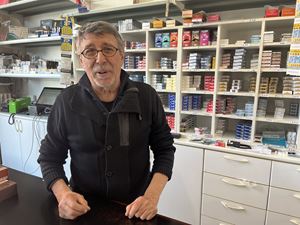
Now to keep the bond with Argentina and with the Bergoglio alive there is Carla’s son: “He often feels with a granddaughter of Giorgio”. In Portacomaro, in fact, Bergoglio is called that, and his face is everywhere. At the entrance of Nora’s food, but also in front of the Alpini headquarters and the town club. Where, in 2022, Bergoglio also left a dedication: “Here – he wrote – my grandfather went to play the cards”. On the railing of a balcony someone has also posted a banner: “Francisco Querido Portacomaro Esta Opigo”.
Now the memories remain, but also his speeches of peace perhaps too brave to be listened to by the lords of the war: “His was a universal message of love, brotherhood, peace – reflects Carla with a voice broken by emotion – and unfortunately he died without seeing the end of the conflicts”.
From his apartment starts an alley that climbs up to the town center. There is the food from Sallaku, the restaurant, the bar, the post office. Around there is no mention of anything else: “Its values will remain in our hearts – explains the restaurateur Roberto Catalano – and we know he has done everything he could”.
An uphill viuzza brings to the square that brings together the parish and the town hall, which on the auction exhibits the flag at half auction as a sign of mourning. In church there is Don Luigino Trinchero, a young priest who in recent days brought together the community in a difficult moment: “Pope Francis put the Gospel in the center and left us a message of hope – he says -. Here people feel very close to him, and now we are dismayed. He taught us the value of solidarity, and now it is up to us to continue to put it into practice ».
